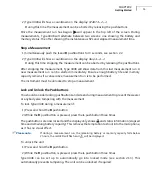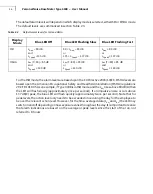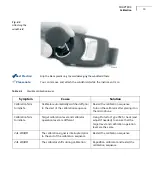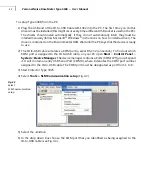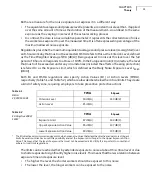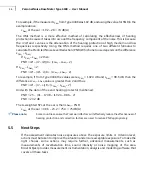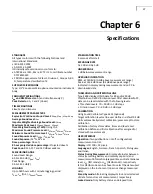
27
Chapter
5
Theory
5.1
Human
Hearing
Basics
The human hearing consists of the outer ear, middle ear and inner ear (see Fig.5.1):
• The outer ear collects sound and guides it towards the eardrum, a thin membrane separating
the outer from the middle ear
• The middle ear is a small air filled chamber between outer and inner ear. It contains a
mechanism of three bones, called the auditory ossicles, connecting the eardrum and the
inner ear. The gear box like mechanism is needed since the inner ear is filled with a fluid,
making a direct excitation by the eardrum inefficient
• The middle ear is connected to the throat through the Eustachian tube. The tube briefly opens
when we swallow, causing the pressure on the eardrum’s inside to become the same as that
in the outer ear. The importance of this is best experienced when climbing and descending
inside an airplane, where the ambient pressure changes due to a change in altitude. Before
we swallow, the sound gradually becomes duller, since the eardrum – depending on whether
the ambient pressure in the airplane drops or increases – is pushed in or out
• The inner ear is the most complex element in the chain. It is a fluid filled chamber and consists
of two parts, the vestibular labyrinth which functions as part of the body’s balance
mechanism, and the cochlea containing the sensory elements that convert sound into nerve
impulses so that our brain can process the information
Summary of Contents for 4448 Series
Page 2: ......
Page 3: ...BE 1844 12 April 2016 www bksv com Personal Noise Dose Meter Type 4448 User Manual...
Page 5: ......
Page 14: ...Personal Noise Dose Meter Type 4448 User Manual 6...
Page 28: ...Personal Noise Dose Meter Type 4448 User Manual 20...
Page 34: ...Personal Noise Dose Meter Type 4448 User Manual 26...
Page 56: ...Personal Noise Dose Meter Type 4448 User Manual 48...
Page 60: ......
Page 61: ......
Page 62: ......
Page 63: ......

